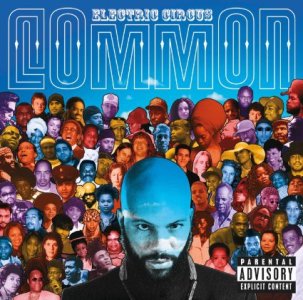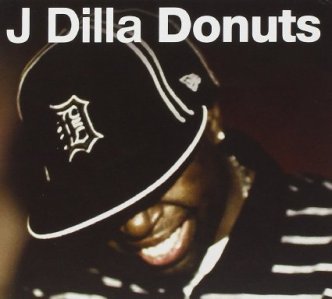154. Silverchair, Young Modern (2007)

If you’re reading this amusedly, waiting with bated breath to hear how I will defend selecting an album by Silverchair, the Australian grunge-rock also-rans who released Frogstomp in 1995 and enjoyed a brief moment in the sun on the basis of their largely terrible, Stone Temple Pilots-aping alt-nonsense, well, kick back. I fear that you may not have heard how Silverchair progressed following the release of their most culturally significant record; don’t worry, though, we’re gonna explore that.
You see, as little as I care about Silverchair’s debut record, it makes perfect sense: the band members were quite literally teenagers at the time, so when critics dismissed grunge as music for angsty teens, Silverchair doubled down by making music for angsty teens by angsty teens. They were gifted, but they made garbage music, but that was okay because that’s what teens listened to. It wasn’t for the adults. It’s like when Justin Bieber emerged: he was a kid who made stupid music, but I didn’t need to worry about it because I was an adult. The difference, of course, is that Bieber continued to do things that left me cold — perhaps slightly angry, actually, due to his unearned, douche-y smugness and his intensely punchable face — where Silverchair, over the course of four post-Frogstomp records, matured, eventually evolving into a highly melodic, conceptual, Beatles-indebted band.
It’s been slower road for the Daniel Johns-led trio, of course. The public got a taste of the band’s maturity with 1999’s Neon Ballroom, which got at least one social issue-addressing single on TRL (“Ana’s Song”); fewer people heard 2002’s Diorama, which found Silverchair tackling their most ambitious transformation yet, the angst almost completely stripped away for a wonderful platter of intricate, ornate pop-rock. Five years later, we received an as-of-this-writing final parting shot from the band in the form of Young Modern, and it still holds up.
Perhaps it still holds up because of its classicist bent; music, like Frogstomp, that remains indebted to trends inevitably ages, while music that refuses to root itself in any particular era sounds fresh. That’s kind of reductive and over-simplified, of course, but Young Modern feels indebted to many a classic pop forbear — shades of the Beach Boys, Elvis Costello and the Attractions, and the ever-present Beatles abound — without resorting to slavish homage. In essence, they are Silverchair, at least this particular incarnation of Silverchair (a.k.a. “the good Silverchair”). Right up front is Daniel Johns, his voice once ragged from one Weiland/Vedder/Staley impression too many, now a flexible and versatile vocalist, capable of a creamy, cascading falsetto and a full-bore rock tenor, often in the span of a single song (see arena-ready lead single “Straight Lines”). The band, now more sonically varied than ever, sound crisp and in step, and they’ve brought legendary string arranger Van Dyke Parks along for the ride to lend an exciting texture to the already-strong song set.
Parks leaves his stamp all over the record, albeit most notably on the consistently shape-shifting three-part suite “Those Thieving Birds”. Even without the rapturous sense of dynamics lent by Parks’ strings, Silverchair succeed at sounding fresh, melodically inventive, full of wonder — the record’s most traditional-sounding rocker, opener “Young Modern Station”, rushes along with the urgency of Costello or Bloc Party, augmented by Johns’ Buckley-esque falsetto. Later on, “Waiting All Day” sounds like a glammed-out Zombies tribute, that glossy chorus ping-ponging off a gleefully jaunty saloon piano and soaring slide guitar, while the four-on-the-floor hook to “Insomnia” reads like an updated Nuggets selection, garage-rock cleaned up and shiny.
It’s a record with more than a few surprises up its sleeve, although, at the end of the day, its finest moment appears to be its most traditionalist. “Straight Lines” achieves a certain late-night grandeur with its burbling synth opening and open-ended piano line, but hits its stride with Johns’ high-flying, throaty chorus, a big, passionate enough melody to make Silverchair sound like the big-time rock stars they were destined to be. It’s glorious, but the endlessly entertaining Young Modern has something for your other moods too, be you a fan of Joe Jackson or The Format or Jellyfish. It may go down as Silverchair’s unheralded parting shot, but an album as interesting, textured, and ornate as this one doesn’t deserve its lack of reputation.
Playlist track: “Straight Lines”








